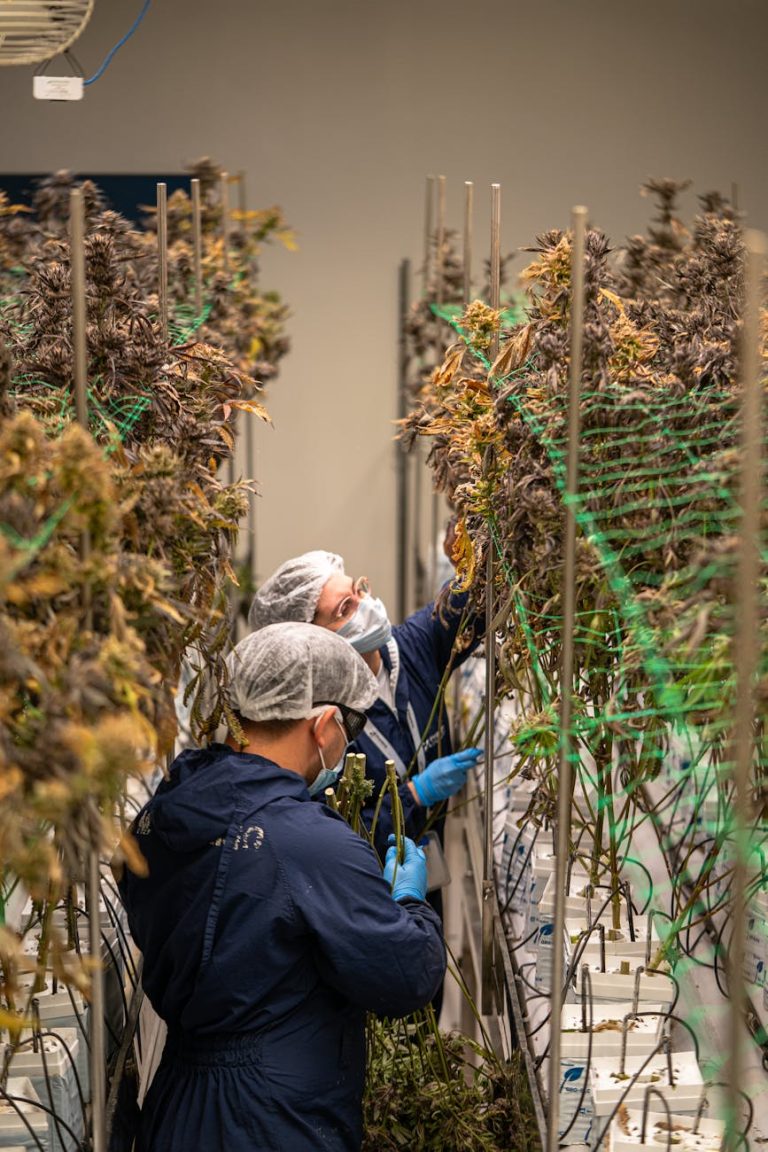Herbicide Guide: Best Practices for Garden Success
Want a lush garden free of pesky weeds? The key is proper **herbicide application**! Discover the top tips for using herbicides effectively and safely in your garden to ensure those plants thrive and flourish.
Gardening enthusiasts understand the importance of maintaining a healthy garden free from weeds that can hinder plant growth and overall aesthetics. Using the right herbicides is crucial in achieving a flourishing garden. In this comprehensive guide, we will explore the best practices for using herbicides in your garden to ensure success.
Understanding Herbicides
Herbicides are chemicals formulated to control or kill unwanted plants, commonly known as weeds. There are various types of herbicides available, including selective herbicides that target specific types of weeds and non-selective herbicides that eliminate all plant growth. Before choosing a herbicide, it is essential to identify the types of weeds in your garden to determine the most appropriate product for effective weed control.
Selecting the Right Herbicide
When selecting a herbicide for your garden, consider factors such as the type of weeds present, the stage of weed growth, and the desired outcome. Read the product labels carefully to ensure you are choosing a herbicide that is safe and effective for your specific plants. It is recommended to opt for herbicides with a proven track record of success and follow the application instructions meticulously to avoid any adverse effects.
Application Techniques
Proper application of herbicides is crucial to achieving the desired results while minimizing harm to surrounding plants and the environment. Follow these best practices for effective herbicide application:
– Apply herbicides on a calm day to prevent drift to unintended areas.
– Use the recommended dosage and application method specified on the product label.
– Avoid spraying during periods of high temperatures or drought to prevent plant stress.
Safety Precautions
When using herbicides in your garden, prioritize safety to protect yourself, your plants, and the environment. Wear appropriate protective gear, such as gloves, goggles, and a mask, when handling herbicides. Store herbicides in a secure location away from children and pets, and dispose of empty containers properly according to local regulations.
Integrated Pest Management
Incorporating integrated pest management (IPM) practices into your gardening routine can help reduce the reliance on herbicides and promote sustainable gardening practices. By implementing strategies such as crop rotation, mulching, and hand weeding, you can prevent weed growth and maintain a healthy garden without solely relying on chemicals.
Monitoring and Evaluation
Regularly monitor your garden for weed growth and evaluate the effectiveness of the herbicide treatment. If weeds persist or new weed species emerge, adjust your herbicide application strategy accordingly. Keep track of the types of herbicides used and their impact on weed control to refine your approach for future treatments.
Conclusion
In conclusion, utilizing herbicides in your garden requires careful consideration and adherence to best practices to ensure optimal results. By understanding the types of herbicides available, selecting the right product, implementing proper application techniques, and incorporating safety precautions, you can effectively manage weeds and promote a thriving garden environment. Remember to prioritize sustainability and integrated pest management practices to achieve long-term gardening success.






